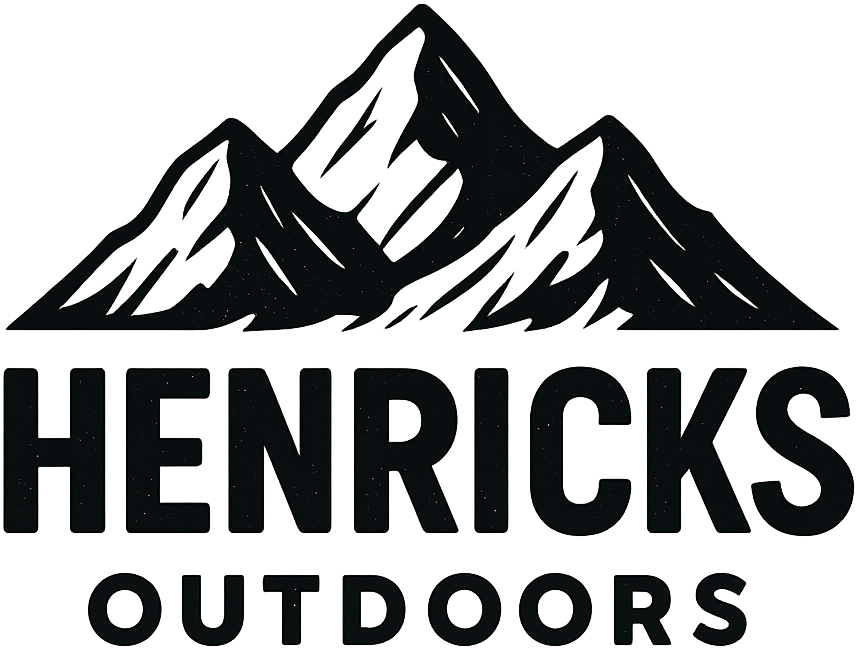In survival situations, relying on accurate information is crucial. Unfortunately, many widely believed survival myths can lead to dangerous, even fatal, outcomes. This guide debunks common misconceptions and provides evidence-based practices to enhance your wilderness survival skills.
Myth 1: You Can Suck the Venom Out of a Snakebite
Reality: Attempting to extract venom by sucking a snakebite is ineffective and can introduce infection. Once venom enters the bloodstream, it spreads rapidly beyond the bite site. The recommended response is to immobilize the affected limb, keep it at or slightly below heart level, and seek immediate medical attention.
Myth 2: Drinking Alcohol Warms You Up
Reality: While alcohol may create a sensation of warmth, it actually causes blood vessels to dilate, leading to increased heat loss. In cold environments, consuming alcohol can accelerate hypothermia. To maintain body heat, prioritize proper clothing, shelter, and warm non-alcoholic beverages.
Myth 3: Moss Always Grows on the North Side of Trees
Reality: Moss growth depends on moisture and shade rather than cardinal directions. It can grow on all sides of trees, making it an unreliable navigation tool. Instead, use a compass, map, or GPS device for accurate orientation.
Myth 4: You Should Play Dead During a Bear Attack
Reality: The appropriate reaction to a bear encounter varies by species and behavior. For black bears, fighting back aggressively is often effective, as playing dead may encourage further attacks. With grizzly bears, playing dead might be advisable during defensive attacks but not if the bear is acting predatory. Understanding bear behavior and species-specific guidelines is essential for safety.
Myth 5: You Can Survive on Raw Wild Plants and Animals
Reality: Consuming raw plants and animals in the wild poses significant risks due to potential toxins and pathogens. Many plants are toxic, and raw meat or fish can harbor harmful bacteria and parasites. Proper identification, preparation, and cooking are vital to ensure food safety in survival situations.
Myth 6: Finding Food Is a Top Priority in Survival Situations
Reality: While sustenance is important, humans can survive for weeks without food. Immediate priorities should be shelter, water, and signaling for rescue. Expending energy to find food without addressing these essentials can be detrimental.
Myth 7: Rubbing Frostbitten Skin Helps Restore Circulation
Reality: Rubbing frostbitten areas can cause further tissue damage due to ice crystals in the skin. The correct approach is gentle rewarming using warm (not hot) water and protecting the area from refreezing.
Myth 8: All Natural Water Sources Are Safe to Drink
Reality: Even clear, flowing water can contain harmful microorganisms. Always purify water from natural sources by boiling, filtering, or using chemical treatments to prevent waterborne illnesses.
Myth 9: If Lost, You Should Move to Find Help
Reality: Unless you have a clear idea of your location and a known route to safety, it’s often better to stay put. Staying in one place increases the chances of being found by rescuers and conserves energy.
Myth 10: Eating Snow Is a Good Way to Hydrate
Reality: Consuming snow can lower your core body temperature, increasing the risk of hypothermia. It’s safer to melt snow and warm it before drinking.
From Fiction to Function: Be Survival-Ready
Survival in the wild hinges on accurate knowledge and practical skills. Dispelling these myths and understanding the realities of survival situations can significantly enhance your preparedness and safety. Always seek out credible sources and consider professional training to equip yourself with reliable survival techniques.
For a visual exploration of these myths and more, consider watching the following video:
These Survival Myths Could Actually Get You Killed | DEBUNKED
Note: Always cross-reference survival information with authoritative sources and adapt practices to your specific environment and circumstances.

